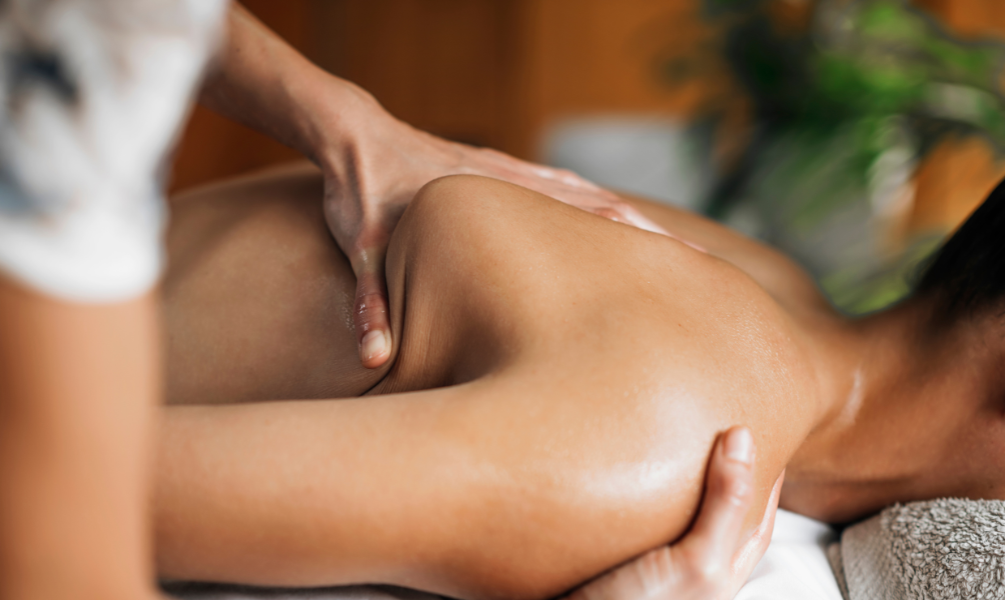Best In the Town Saloon Services
Get Your Desired Saloon Beauty service at Your Door, easy to schedule and just few clicks away.
Trigger Massage

Description
What Is a Trigger Point? Each of your muscles consists of bundles of muscle fibers, which are encased in a web of collagen called “fascia.” Fascia runs through and around every muscle in your body and acts as the “glue” that holds your muscle tissue together. bundle of muscle fibers: A trigger point is a small, tight area in the taut band of muscle fibers and fascia, which restricts blood flow to the area and causes pain. Also known as contraction knots, trigger points become so tight, in fact, that they can be felt underneath the skin. They are typically very sensitive, causing a severe amount of pain that seems out of proportion to the pressure being applied. One unique feature of trigger points is that this pain is not always felt at the location of the trigger point, but instead it can be felt in a different area of the body, which is called referred pain. In some cases, you might not feel any pain. Rather, the muscle may feel tight, stiff, or have a reduced range of motion. This is where a licensed and experienced medical masseuse should step in. They know how to feel for trigger points and possibly help them before they become a bigger problem. Trigger points can be either active or passive. Active trigger points cause pain during rest or when compressed. Passive, or latent, trigger points only cause pain as a response to compression. What Causes Trigger Points? Weakness, small tears, tense muscles, dehydration, and even poor diet can cause trigger points to form. When overworked or injured muscle fibers become unable to relax, this can cause a mini contraction in a small area of the fascia or muscle fiber. This stretches the muscle band on either side of the trigger point. The knot of contracted tissue also restricts blood flow to the area, which effectively “starves” the muscle of necessary oxygen and also leads to a build up of waste material within the cells. The pain of a trigger point may discourage you from moving the affected muscle, which causes other muscle fibers to contract and more trigger points to develop. This is why swift, effective treatment is so crucial. How Does Trigger Point Massage Therapy Work? Trigger points will not heal on their own. Treating trigger points requires seeing a massage therapist. So, how does a trigger point massage work? While there is no single type of massage labeled a “trigger point massage,” massage therapists can use a number of different techniques to loosen these knots, including myofascial release and deep tissue massage. Trigger point massage helps to increase blood flow and encourage muscle release. Massage works to release a trigger point by pushing fresh blood in and flushing waste material out. This helps relieve some of your pain by bringing more oxygen into the area and encouraging the muscles to release. Trigger points often form after an unavoidable injury, such as a car accident. If you have experienced a traumatic injury to the muscle (even from lifting a box that was too heavy), schedule an appointment with a massage therapist who is well-versed in trigger point massage techniques to get a head start on alleviating your pain.
AED300.00
60mins